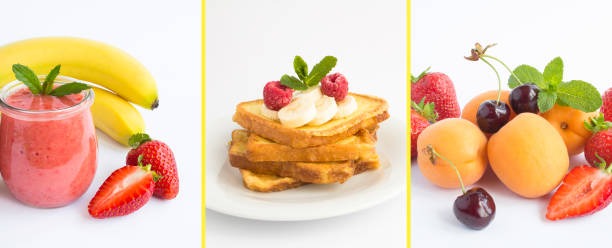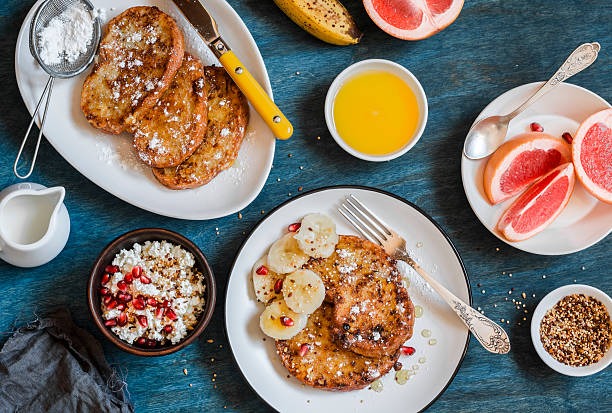
Last Saturday morning, my eight-year-old nephew took one bite of my French toast and declared it “the most amazing thing ever created.” What made it so special? A tiny pinch of cardamom that transformed ordinary breakfast bread into something magical. That moment reminded me why I fell in love with cooking—it’s those unexpected ingredients that turn simple dishes into unforgettable experiences.
French toast might seem straightforward, but the real magic happens when you venture beyond the basic recipe. While most people stick to eggs, milk, and cinnamon, the secret to extraordinary French toast lies in those unexpected additions that create depth, complexity, and flavors that linger long after the last bite.
This year, home cooks are embracing bold experimentation, turning breakfast into an adventure. Whether you’re hosting a weekend brunch or simply want to surprise your family, these secret ingredient ideas will revolutionize your French toast game. From citrus zests that brighten every bite to herbal infusions that challenge expectations, we’ll explore five game-changing ingredients that will make your kitchen the talk of the neighborhood.
Understanding the Basics of French Toast
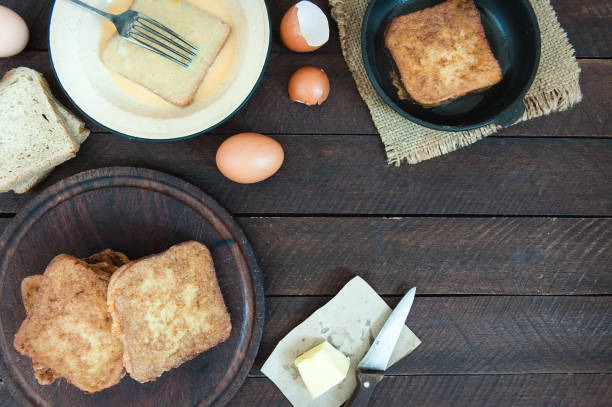
French toast succeeds when you master the foundation before adding creative flourishes. The classic custard base—eggs whisked with milk or cream—creates the creamy interior that makes French toast irresistible. Sugar adds sweetness while helping achieve that golden-brown exterior, and a touch of vanilla provides warmth that complements almost any flavor addition.
The bread choice matters more than most realize. Day-old brioche, challah, or thick-cut sourdough absorb the custard without falling apart, creating the perfect balance between crispy exterior and custardy center. Fresh bread often becomes soggy, while overly stale bread won’t absorb enough liquid to develop that signature texture.
Temperature control separates good French toast from great French toast. Medium heat allows the custard to set properly while developing a beautiful golden crust. Rush the process with high heat, and you’ll end up with burnt outsides and raw centers—a mistake I made countless times before learning patience.
Secret Ingredient #1: Citrus Zest
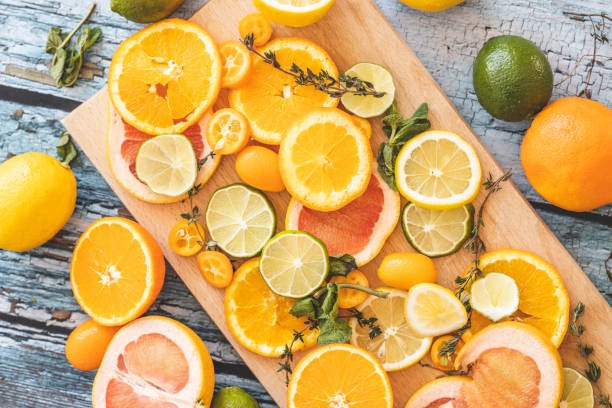
Citrus zest transforms French toast from ordinary to extraordinary through the power of essential oils contained in the peel. These oils provide bright, aromatic compounds that awaken your taste buds without adding liquid that could compromise the custard’s consistency. The result is French toast that tastes sunshine-kissed and surprisingly sophisticated.
Lemon zest offers clean, bright acidity that cuts through rich custard beautifully. Orange zest brings sweet, floral notes that pair perfectly with maple syrup, while lime zest adds unexpected tropical flair that works wonderfully with coconut-based toppings. The key is using a microplane grater to capture only the colored outer peel, avoiding the bitter white pith underneath.
Citrus Burst French Toast Recipe:

- 6 thick slices day-old brioche
- 3 large eggs
- 3/4 cup whole milk
- 2 tablespoons sugar
- Zest of 1 large orange
- Zest of 1/2 lemon
- 1/2 teaspoon vanilla extract
- Pinch of salt
Whisk together eggs, milk, sugar, both zests, vanilla, and salt until well combined. Let the mixture rest for 5 minutes, allowing the citrus oils to infuse throughout. Soak each bread slice for 30 seconds per side, then cook in butter over medium heat until golden brown. Serve with fresh berries and a dusting of powdered sugar.
Secret Ingredient #2: Nut Extracts
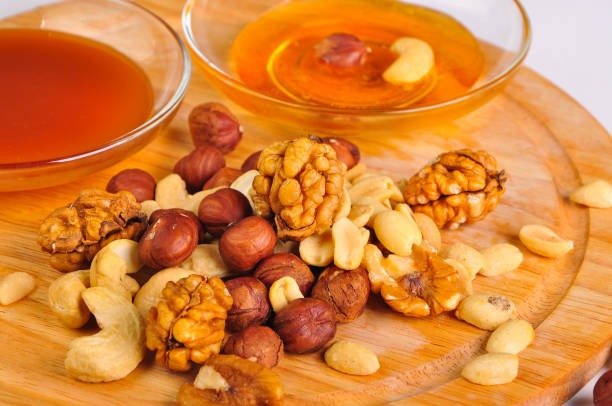
Nut extracts add sophisticated depth that elevates French toast beyond typical breakfast fare. Unlike whole nuts, which can create texture issues in the custard, extracts provide pure flavor that integrates seamlessly throughout each bite. The concentrated nature of these extracts means a little goes a long way in creating memorable results.
Almond extract brings sweet, floral notes that complement stone fruits beautifully, while hazelnut extract offers rich, buttery complexity reminiscent of European cafes. Walnut extract provides earthier tones that work surprisingly well with savory additions, and pecan extract delivers Southern comfort food vibes that pair perfectly with brown butter syrup.
Hazelnut Dream French Toast Recipe:
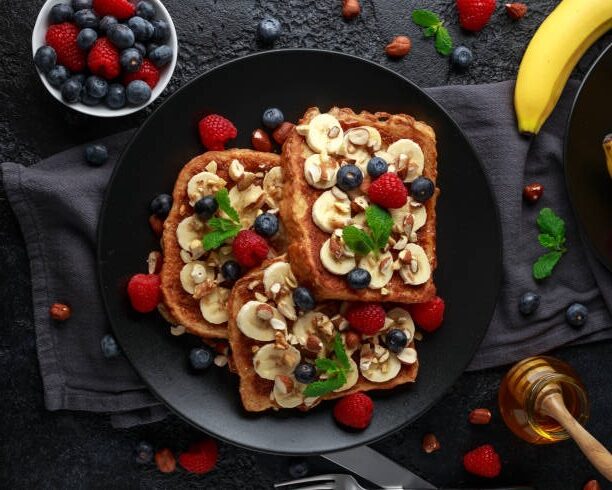
- 8 slices thick-cut challah
- 4 large eggs
- 1 cup heavy cream
- 3 tablespoons brown sugar
- 1 teaspoon hazelnut extract
- 1/2 teaspoon vanilla extract
- 1/4 teaspoon salt
- 2 tablespoons butter for cooking
Beat eggs with cream until smooth, then whisk in brown sugar, both extracts, and salt. The heavy cream creates an extra-rich custard that showcases the hazelnut flavor beautifully. Soak bread thoroughly, cook until deeply golden, and serve with sliced strawberries and a drizzle of Nutella for the ultimate indulgence.
Secret Ingredient #3: Spiced Infusions

Warm spices transform French toast into comfort food that feels like a hug on a plate. Beyond basic cinnamon, spices like cardamom, nutmeg, and ginger create complex flavor profiles that change with each bite. These aromatic additions work particularly well during cooler months when warming spices satisfy both body and soul.
Cardamom provides floral, citrusy notes that feel exotic yet familiar, while freshly grated nutmeg offers sweet warmth without overwhelming other flavors. Ground ginger adds gentle heat that awakens the palate, and a pinch of white pepper creates subtle complexity that keeps people guessing about your secret.
Spiced Chai French Toast Recipe:

- 6 slices day-old sourdough
- 3 eggs plus 1 egg yolk
- 2/3 cup whole milk
- 1/4 cup chai tea concentrate
- 2 tablespoons maple syrup
- 1/2 teaspoon ground cardamom
- 1/4 teaspoon cinnamon
- Pinch of ground ginger
- Pinch of ground cloves
Combine milk with chai concentrate for liquid base, then whisk in eggs, maple syrup, and all spices until well blended. The chai concentrate provides authentic tea flavors while the spice blend creates warming complexity. Cook until golden and serve with whipped cream dusted with additional cardamom.
Secret Ingredient #4: Coffee or Espresso

Coffee transforms French toast into an adult breakfast that satisfies multiple cravings simultaneously. The bitter notes from coffee or espresso create beautiful contrast against sweet custard, while caffeine provides the perfect morning pick-me-up. This combination works especially well for brunch entertaining when you want sophisticated flavors.
Instant espresso powder dissolves easily into the custard without adding extra liquid, while cooled strong coffee can replace part of the milk for deeper flavor. Cold brew concentrate offers smooth, less acidic coffee notes that integrate beautifully with cream-based custards.
Mocha Morning French Toast Recipe:
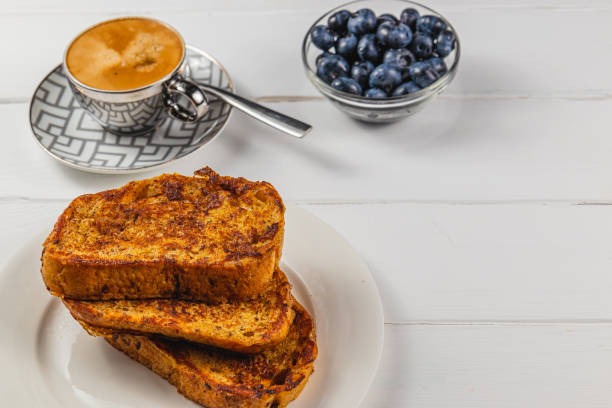
- 8 slices thick brioche
- 4 large eggs
- 3/4 cup whole milk
- 2 tablespoons instant espresso powder
- 2 tablespoons cocoa powder
- 3 tablespoons sugar
- 1 teaspoon vanilla extract
- Pinch of salt
Dissolve espresso powder in warm milk, then whisk in cocoa powder until smooth. Beat in eggs, sugar, vanilla, and salt until well combined. The combination of coffee and chocolate creates sophisticated breakfast flavors that pair beautifully with fresh raspberries and a dollop of mascarpone.
Secret Ingredient #5: Herbal Essences
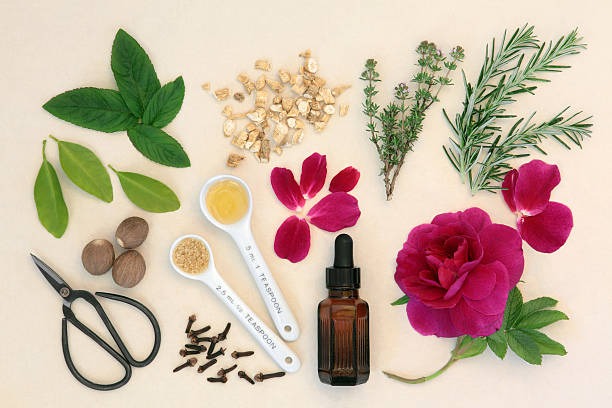
Fresh herbs in French toast might sound unusual, but they create surprisingly delicious savory-sweet combinations that expand breakfast possibilities. Rosemary, thyme, and even basil can transform French toast into elegant brunch fare that pairs beautifully with both sweet and savory accompaniments.
Rosemary provides piney, aromatic notes that complement maple syrup unexpectedly well, while fresh thyme offers subtle earthiness that works with fruit compotes. Basil creates intriguing flavor combinations when paired with strawberries or peaches, challenging preconceptions about breakfast flavors.
Rosemary & Parmesan French Toast Recipe:

- 6 slices day-old sourdough
- 3 large eggs
- 2/3 cup whole milk
- 1/4 cup grated Parmesan cheese
- 1 tablespoon fresh rosemary, minced
- 1/2 teaspoon black pepper
- 1/4 teaspoon salt
- 2 tablespoons butter for cooking
Whisk eggs with milk until smooth, then fold in Parmesan, rosemary, pepper, and salt. This savory version works beautifully as a brunch side dish or light dinner when topped with a fried egg and crispy bacon. The herbs and cheese create complex flavors that feel both familiar and surprising.
Mastering the Cooking Process

Perfect French toast requires attention to detail beyond just the ingredients. Start with bread that’s at least a day old—fresh bread absorbs too much custard and becomes mushy, while properly aged bread maintains structure while absorbing flavors. Slice bread about 3/4 inch thick to ensure proper custard absorption without falling apart.
Temperature control makes the difference between soggy disasters and golden perfection. Medium heat allows the custard to set slowly while developing that coveted golden-brown crust. Use a heavy-bottomed pan or griddle that distributes heat evenly, and resist the temptation to flip too early—properly cooked French toast releases easily when ready.
Butter provides the best cooking fat for French toast, offering rich flavor and superior browning. Add fresh butter to the pan for each batch to prevent burning, and watch for the moment when butter stops foaming—that’s when your pan reaches the perfect temperature for cooking.
Addressing Common French Toast Mistakes
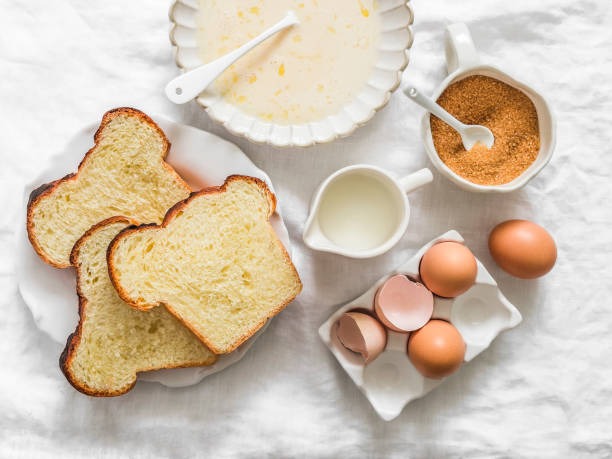
Soggy French toast usually results from using fresh bread or soaking too long in thin custard. Day-old bread absorbs liquid better while maintaining structure, and thicker custard made with cream creates better texture than milk-only versions. If your bread seems too fresh, toast it lightly before soaking to remove excess moisture.
Burnt surfaces with raw centers indicate cooking temperature is too high. Reduce heat to medium-low and be patient—properly cooked French toast takes time to develop golden color while cooking through completely. Cover the pan briefly if needed to help centers cook without over-browning surfaces.
Bland French toast often comes from underseasoned custard or skipping salt entirely. Salt enhances all other flavors, making sweet elements taste sweeter and complex flavors more pronounced. Don’t forget vanilla extract, which provides essential warmth and depth to any French toast variation.
People Also Ask
What makes French toast soggy?
Soggy French toast typically results from using fresh bread that absorbs too much custard, cooking at too low temperature, or using thin custard that doesn’t set properly. Use day-old bread and cook at medium heat for best results.
How do you keep French toast crispy?
Keep French toast crispy by cooking at proper temperature to develop a golden crust, avoiding overcrowding the pan, and serving immediately. If making large batches, keep finished pieces warm in a 200°F oven on a wire rack.
Can you make French toast ahead of time?
You can assemble French toast the night before by soaking bread in custard, covering, and refrigerating. Cook fresh in the morning for best texture. Cooked French toast can be frozen and reheated, though texture won’t be quite as good as fresh.
What’s the best bread for French toast?
Brioche, challah, and thick-cut Texas toast work best for French toast due to their rich, sturdy structure. Day-old bread absorbs custard better than fresh bread while maintaining its shape during cooking.
How thick should French toast be?
French toast should be cut about 3/4 inch thick—thick enough to absorb custard without falling apart, but not so thick that centers won’t cook through before surfaces burn.
Elevating Your Morning Routine
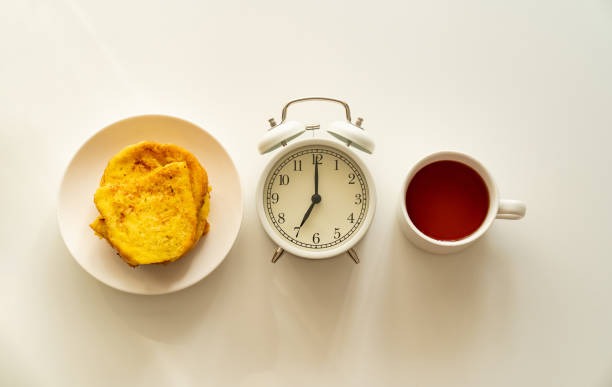
These secret ingredients prove that exceptional French toast comes from curiosity and willingness to experiment. Whether you choose the bright freshness of citrus zest, the warming complexity of spices, or the surprising sophistication of herbs, each addition transforms simple breakfast into memorable experience.
The beauty of French toast lies in its versatility—once you master the basic technique, countless flavor combinations await exploration. Start with one secret ingredient until you understand how it interacts with the custard base, then gradually combine elements to create your signature recipes.
Your kitchen adventures don’t have to end here. Try combining citrus zest with fresh herbs, or experiment with coffee and spice blends that reflect your personal taste preferences. Share your creations with friends and family, and don’t forget to document successful combinations for future morning masterpieces.
What secret ingredient will you try first? Leave a comment below sharing your French toast experiments—I’d love to hear about the magical moments these simple additions create in your kitchen.
Meta data
Meta title
Secret Ingredient French Toast Recipe Ideas for 2025
Meta description
Discover 5 secret ingredients that transform ordinary French toast into extraordinary breakfast. From citrus zest to herbs – elevate your morning routine!
